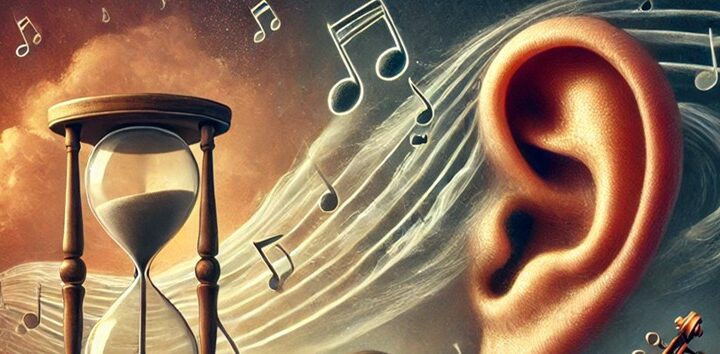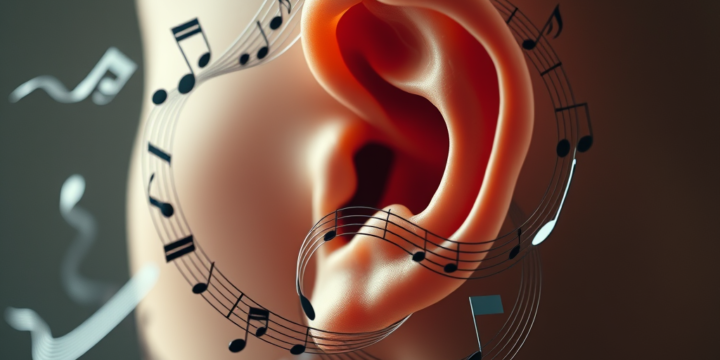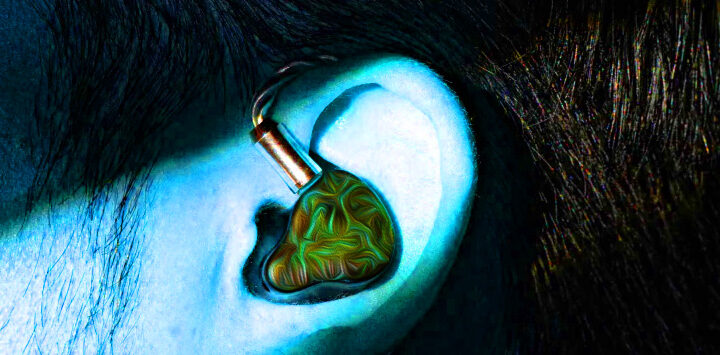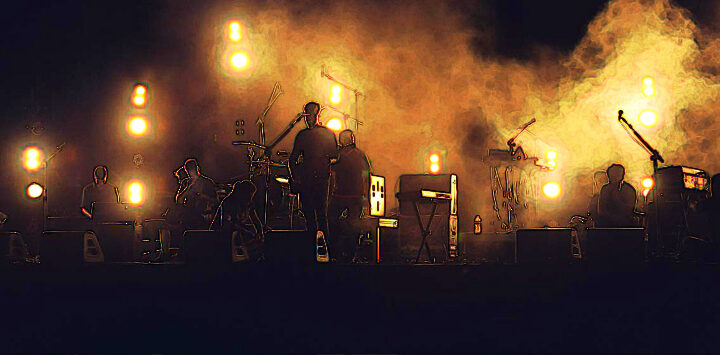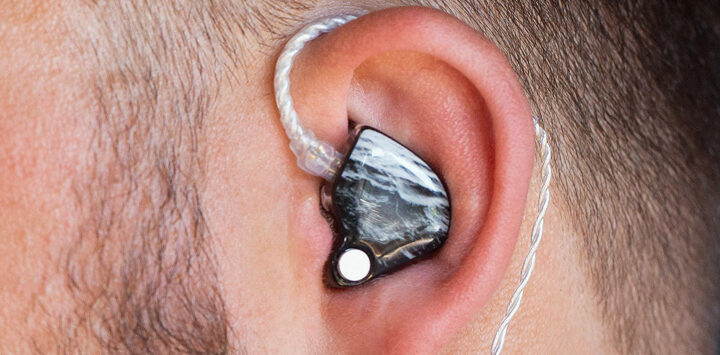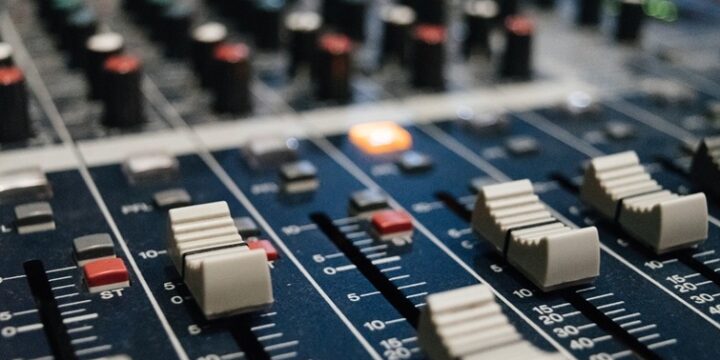
Decibels without going Deaf!
Uncategorized
Ever wondered what a "decibel" is besides a cool-sounding word to drop at parties? Let's dive in to the world of decibels (dB), and why they matter to what we love to do, PLAY MUSIC! 🎸 Quick Hits (Your Decibel Cheat Sheet!): Decibels measure how loud a sound is (sound intensity). The decibel scale is logarithmic—sounds fancy? It just means a small increase packs a big punch! Anything louder than 85 dB is risky business for your ears over time. Earplugs aren’t just for the fashion-forward; they actually save your hearing! 🎧 What Exactly is a Decibel? Decibels are measurements of how loud or quiet something is. From the soft hum of your guitar amps tubes warming up to the roaring applause (fingers crossed) at the gig, decibels help us…





